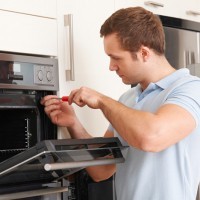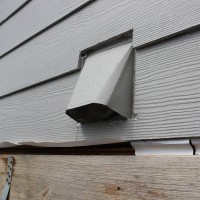Top Tips To Maintain Your Fridge And Troubleshoot Simple Issues

Among the key appliances in the modern home, a fridge is one of the most important for its role in the storage of food commodities. Its importance cannot be over emphasized because it needs to run continuously even when we do not need anything from it. Hence, there it is needed to keep it in good shape to ensure its maximum benefit in a home.
Fridge breakdowns are not common due to their generally hands-off nature, but when they do happen, a keen eye for detail is required to identify the problem. Unfortunately, fridge repairs may end up costing too much money and inflating the monthly bills to very high amounts. Therefore, it is important for fridge owners to learn about basic fridge repair skills that they can practice at home and save money. In addition, a fridge, being a central component in the kitchen, needs a little more care and attention to detail to prevent contamination and spoilage of food and electrical faults which may cause severe injury. Some of the ways to take care of the fridge include;
Regulate fridge temperature
The purpose of optimizing general temperature is to ensure maximum efficiency. In order to maintain food safety and freshness, the temperature should be kept between 36 degrees Celsius and 40 degrees Celsius. A colder setting may lead to wastage of about 25% of energy.
Hygiene
It is recommended that you vacuum or brush gently the dust that ends up accumulating on the condenser coils behind the fridge. Too much dust compromises the fridge’s efficiency, which wastes as much as 30% of energy. The outer and inner walls should be cleaned carefully with mild cleaning liquid, with the device unplugged.
Keep the fridge full
The fridge should be kept full to maximize energy use. However, food should not be crammed to a point of blocking air circulation. A full fridge allows quick recovery of temperature during opening and closing of the door.
Space the kitchen
The area around and behind the fridge should be spacious to allow free circulation of air. There should be sufficient space between the fridge and walls to enable free movement of air to the condenser coils.
Replace old fridges
It is recommended that fridges past the 5-year mark be replaced with newer and energy efficient models, often rated ‘A’ in efficiency. This new appliance is worth the purchase as it saves the user time and money in the long run and serves to prevent environmental degradation. Discontinue the use of old fridges.
What to do In case of a fridge breakdown
• Unplug the fridge unit to prevent electrocution. Perform a check of the motor to find out if it had a capacitor. If so, discharge the capacitor as any electricity charges could cause severe shock.
• In case of a fridge leak, check whether the fridge has an ice-maker or water dispenser, in which case you pull the compression nuts. Sometimes, the collecting pans under the fridge tilts and may leak water onto the floor. Correct this by leveling the fridge.
• Check the thermostat and vents where your fridge no longer cools food. At times, children may interfere with them during play. Ensure the cooling vents are not blocked by food containers.
• Most fridge owners complain of too much noise. In case of this, remove the fan and replace it with another one. This is done by unscrewing the fan from the rear wall of the fridge and unplugging the wires.
• Sometimes, fridge doors may loosen at the hinges and start sagging. A sagging door increases the energy consumption of a fridge considerably. You can test this by placing a paper between the fridge and the fridge door then closing the door. If the paper slides down, then the door needs to be aligned and straightened by retying the hinge screws.






